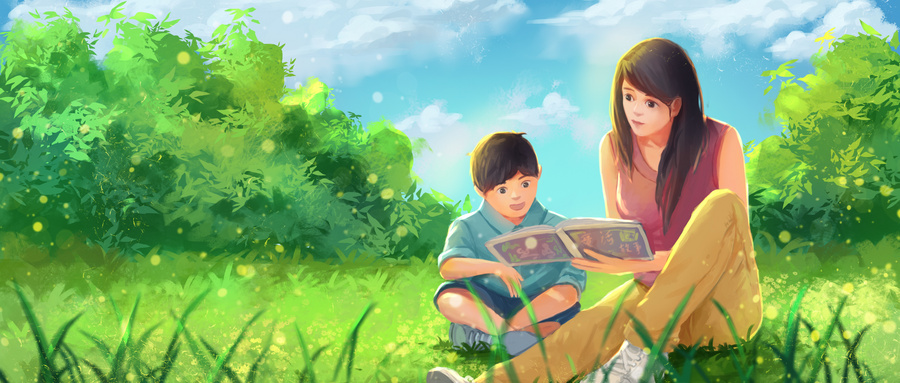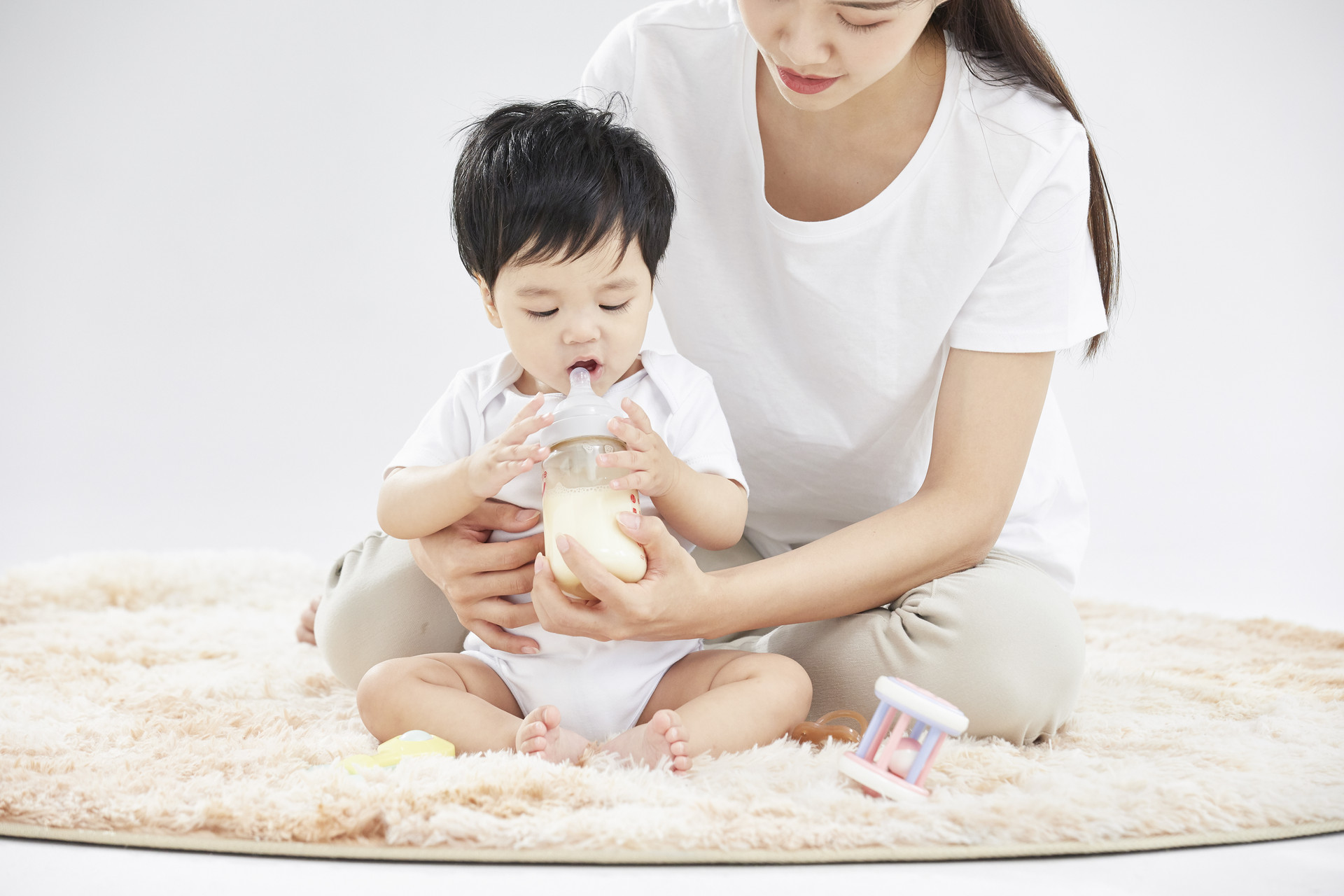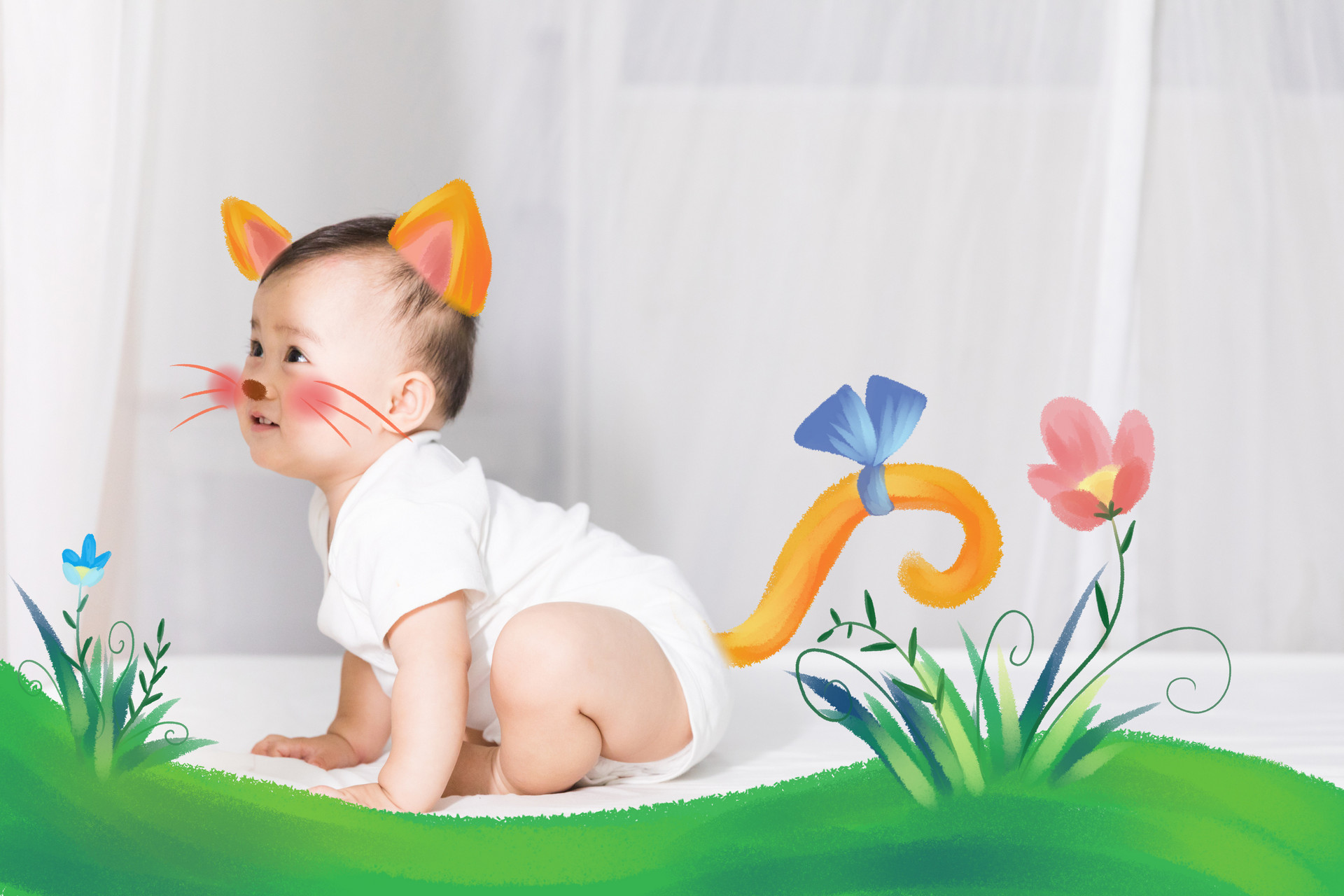Baby's limbs are weak, eating less, having loose stools, being lazy and speechless, pale face, pale or pale red eyelids, lips, and nail beds, dry hair, slow growth and development, pale tongue, thin pulse, etc. These are typical symptoms of anemia in children. In traditional Chinese medicine, the spleen and stomach are the source of blood and biochemistry. Children often have insufficient spleen, so anemia in children is often caused by deficiency of spleen and stomach qi, resulting in no source of biochemistry. The treatment should start with tonifying the spleen and stomach. The use of modified Si Jun Zi Tang has good effect in treating anemia in children with deficiency of spleen and stomach qi.
The composition of modified Si Jun Zi Tang: Codonopsis pilosula 9-18g, Poria cocos 6-9g, Atractylodes macrocephala 6-9g, Baked licorice 3-6g, Angelica sinensis 3-6g, Colla corii asini (melted) 3-6g, Red dates 6-12g, Brown sugar appropriate amount (diluted for consumption). Take 1 dose daily, decoct with water, and the course of treatment is 3-6 weeks.
Explanation of the formula: Si Jun Zi Tang tonifies qi to produce blood, and then Angelica sinensis and Colla corii asini tonify blood. Red dates tonify the middle and nourish qi and blood, and brown sugar tonifies the middle and adjusts the taste.
Modern research: Codonopsis pilosula, Angelica sinensis, and Colla corii asini can promote the production of hemoglobin and red blood cells, and the effect of Colla corii asini is superior to that of iron. Red dates contain various vitamins, trace elements, and amino acids, which can increase body weight and enhance muscle strength. Brown sugar has a high iron content.
Clinical modifications: If the child is prone to colds, add Astragalus membranaceus, Saposhnikovia divaricata, etc. If the child sweats a lot, add Fagopyrum esculentum, etc. If the child vomits, add Citrus reticulata, Pinellia ternata, etc. If the child has diarrhea, add Coix seed, fried Chinese yam, etc. If the child has poor digestion, add hawthorn, Shen Qu, malt, etc. If the child has qi deficiency with fever and thirst, add Ophiopogon japonicus, etc. If the child has qi deficiency with prolapse of the anus, add Astragalus membranaceus, Cimicifuga foetida, etc.
Case study: Ms. Jiang, female, 2 years old. Visited on May 21, 2002. Diagnosed with anemia (hemoglobin 98g/L) 6 months ago in another hospital and received iron treatment, but due to difficulty in feeding, she did not follow the doctor's advice and the anemia did not improve. At the time of the visit, her face was pale, weak, poor appetite, loose stools, weight 9.7kg, height 84cm, physical and nutritional evaluation were both in the 4-5th percentile (very poor); pale conjunctiva, hemoglobin 100g/L. Diagnosis: Anemia due to deficiency of spleen and stomach qi. Prescription: Use modified Si Jun Zi Tang. Treatment for 6 weeks, weekly follow-up, adjust the prescription according to the condition. After 8 weeks, appetite improved, energy improved, regular and formed bowel movements, weight 10.3kg, hemoglobin 112g/L.
According to a large number of medical case studies, modified Si Jun Zi Tang has a good effect in treating anemia in children. Parents can give it a try!











